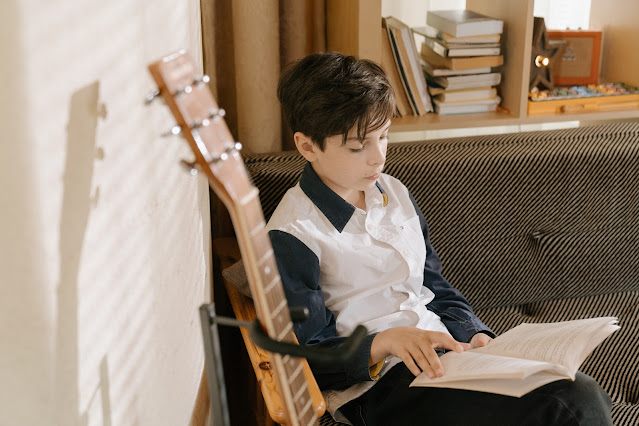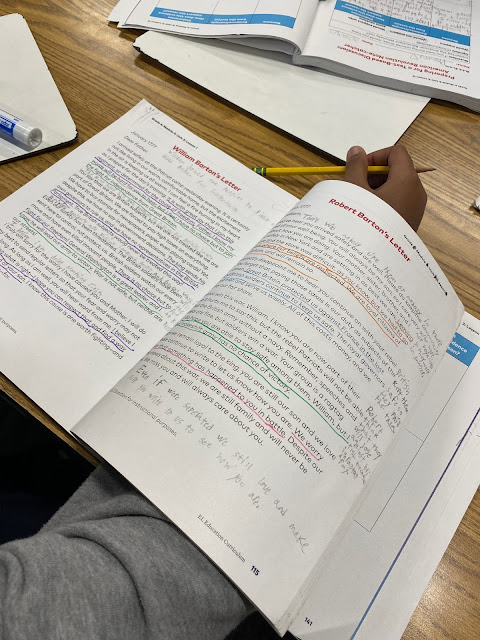I get asked a lot about the practice of getting the gist of a text. Why do we ask students to do this? Why do we ask them to do it SO MUCH? (In some cases, lesson after lesson?) After all, our standards don't mention gist, so why on earth would we spend so much time on it? Good, valid questions all around.
There are some very important reasons why this is a critical practice for our kids to learn to do well by doing it often.
Before we get into that, though, let's talk about what a gist is not.
- It's not the main idea. I've blogged about the difference between the gist and the main idea here, and it includes a fantastic video from 5th graders explaining the difference.
- It's not a skill. Skills are those things we can learn, master, and then check off (think phonics or grammar). Gist isn't a skill.
- It's not a new thing. Folks have used the word for years, just not always in the context of elementary reading lessons. We may have asked for the gist of a movie, conversation, or event, but not thought about the practice as it relates to reading comprehension.
Now, let's talk about what a gist is.
- It's a first understanding. On Sunday mornings, we get The New York Times. There is no way I can read the entire paper, but I want to read the articles that matter most, and carefully read a small number of those. So, I skim the headlines to see the topics and then I do a first, light reading of the articles that stand out. Once I have the gist of the article, I know whether I want to read it again more closely, abandon it, or recommend it to Claude.
- It's a reading practice. While finding the gist of a text isn't a skill, it is a critical reading practice that is a precursor for more careful analysis of a text, such as determining the central idea or writing a summary.
- It's the first step in the process of close reading. When we read closely, we return to a text multiple times to squeeze every drop of knowledge and understanding we can from it. Reading for the gist is the first step in that process of reading closely and carefully.
- It's a habit we need kids to develop. Finding the gist is a practice we need our kids to do well independently. We want it to become a habit of reading, so we need them to do it ... habitually.
In its simplest form, getting the gist is a reading comprehension practice to help students identify their initial thinking about what the text is mostly about.
And it's a practice that's critically important for several reasons. First, we need students to monitor their comprehension while they read - to track their understanding or lack of it - and if they are stopping periodically to think about and write the gist, they're more likely to do that. Second, the practice can help kids integrate information across a text as they think about what each section of the text is communicating to them. Third, it can help students access the most important information when they read. As expert readers ourselves, it's easy to forget how much cognitive effort our kids are putting in when they read really complex text; inviting them to stop and jot the gist at logical intervals helps them get that their ideas of their working memory and onto the paper so they can free up mental space and come back to those ideas later.
Think of reading as peeling an onion. If you want to peel back the layers of the onion to get to the core of it - in our case, the depth of knowledge and understanding students need to get out of a text - we have to begin by peeling back that first layer. That's the gist.
I was in a classroom recently and saw how finding the gist served as an important precursor to a text-based discussion later in the lesson. Check out the picture below.
As you can see, students started with an initial reading of the text in which they wrote they gist of each paragraph in the margin. On a second read, they underlined reasons the author gave for their argument. With this understanding in mind, they then wrote notes to help prepare them for a rich, text-based discussion. At each layer of the work, students are digging a bit deeper into the meaning of the text through some pretty complex thinking. But it all begins with that first, initial read and gist, and I don't think the later work would have been as rich if they hadn't done the first.
When you work with this practice in your classroom, here are a few things to keep in mind:
- Use the language of "the gist." This is a practice that builds consistently across the grade levels in EL, so it's important that we use that vocabulary consistently. You'll be saving your kids from confusion - and teachers in later grade levels will thank you, too!
- Keep it short. The gist should be very short - some folks say no more than 10 words. Don't hamper your students with a harsh word restriction, but the idea is to get their thought on the paper and then move on with the reading.
- Use it as a check for understanding. Use the gist as a check for understanding to see who's getting at least a surface-level understanding of the text in front of them. If they are, you're good to move on to deeper reading and thinking. If not, you'll need to adjust your instruction.
- Use it for accountability. If you are working to release the reading to your students and you wonder if they're actually reading, circulating to note their gists is a great accountability piece.
- Honor the power of the quiet. Readers need quiet to decode, link, synthesize, and think. That quiet can feel weird to teachers sometimes, but just take a look and see the effort your kids are putting into what they're doing and resist the urge to fill the quiet. Don't interrupt that first reading with vocabulary, comprehension questions, or the like. It's a skim, and it's okay to give your kids the mental space to do it. It's a powerful quiet.
I hope you see that getting the gist is purposeful and important work for our kids to do. Repeatedly. Because it's the kind of thing we want them to do for the rest of their lives to be good and careful readers, and it all starts in our classrooms.
Here's to simply teaching well,



No comments
Post a Comment